TECHNIQUE AND THEORETICAL IMPLICATIONS OF STUDIO#1
INTRODUCTION TO STUDIO# 1
We are at home in front of the TV and the signal starts to give some problems. The image is polluted and even if for a few moments, it transforms into something else, something not foreseen by the source, a small unclear transformation for the recipient. The Studio#1 installation plunges into this phenomenon, asking what’s happening and explores the fruitful possibilities of architecture through the glitch tool. An entire wall becomes an indication, it’s transformed into a sign, in an image that advises the direction, but in immaterial way, totally reversible and for this reason a fruition option, not a directional obligation imposed by the material. The approach of Studio#1 is, from the point of view of the technical realization, more complex than complicated: usually a simple communication process between two machines starts from a source and through a transmitter, makes the signal run in a channel, until it reaches the recipient of the message. It could be said that in the end, Studio#1 installation deals with investigating what happens in the channel of use. So, there’re no longer a camera and a spy monitor, nor a modification of the transmitter or receiver, but a break in the cable, a pause, a stretch in which a process unfamiliar with the visual category is inserted. A handicap imposed on language (so it is still difficult to call it “error”), patched with a foreign body, a prosthesis for the image.
FROM IMAGE TO SOUND
The signal starts from an old Camcorder of the late 90s but instead of bringing the line directly into the projector, the video channel is precisely diverted and poured into the mono microphone input of an audio mixer. Therefore, it loses its trichromatic qualities and transforms itself into an input of blacks and whites, into a code that has contrasts as its only rule. At this precise point the grafting begins, the unfamiliar use of the mixer device. In fact, whether we are talking about audio or video signal, what flows into the cable is electricity, which in this specific case was born to be interpreted as an image but ends up being read as an audio wave. The result is the buzz derived from a sawtooth wave that varies with the changing of the source image.
SOUND CONTAMINATION
The electronic signal is thus not only manipulated through the audio mixer, but also further contaminated before entering the projector; other audio signals enter the mixer and overlap with the one from the Camcorder: audio cassettes sets in loop, different types of interference and above all some FM frequencies from the local radio. The latter is perhaps the case in which the effectiveness of the anthropological variable on image modification is most breathed: it is not only unpredictable for the observer (although the result of an orderly line-up, a precise program in the hands of the radio station) , but it is literally linked to the place where it stays: the sound and the derived image of the place is modified by the place itself and by the people who populate it, making the installation highly irreproducible elsewhere and in other moments. More than an installation, therefore, we speak of an ambiguous form of anthropological performance.
FROM SOUND TO IMAGE
The contaminated sound signal is finally made to enter the video input of the projector, which will return an unclear image, in black and white, derived from the Camcorder and polluted by external factors. The mixer volume, the pan, gain, bass and middle controls can thus be used to adjust the parameters of the audio wave with interesting consequences on the final image: the volume will manage the exposure, the gain will control the contrast and so on. Furthermore, it is interesting to note that in fact the sound modification range is in any case restricted by technical limits imposed by the projector: if, for example, we raise the middle too much, the sound will be modified to such an extent that it is no longer recognized as a video signal by the projector. which, not programmed to receive that type of input, will no longer return any image. Like any recipient, the projector also has a limited language in which to move so that it can extract its meanings. In semiotic terms, the installation’s ability is therefore to modify the language that can be used by the projector, remaining among the constraints outlined by the projector itself.
CONCLUSIONS ABOUT STUDIO#1
The graft created therefore, as expected, is the most distant thing that can exist from an error and in fact it remains very ambiguous to speak generally of error when approaching results such as that of the glitch: the error belongs to man, not a computer, mixer or projector. A device cannot be expected to give sudden errors that depend on itself, unless it is programmed to render them (what happens in Studio#1) and obviously in that case we would not speak of error. No one would ever dream of blaming a building when the building itself collapse. What we see is our going through the architectural function, which has become an apparent part and wanting the aesthetics of architecture, but it is also both the sound of an image and the image of a sound. In short, a way to listen to the shape, see the sounds of the movement of use and dismantle the architectural function. The Studio#1 installation stands precisely in this perspective, which wants to define the glitch not as a result of an error but as an expression of the updating of an additional device, a skein of lines of different nature which do not outline homogeneous systems (like language) but simply trace labile processes, subject in the specific case to variables always depended on us and never on the device itself.
Director/Film-maker
Luca Lazzaruolo
Event
Presenze Contemporanee 2020
location
Parete Art Museum, Palazzo Ducale di Parete (CE)
curators
Fabiana Dicuonzo, Giuseppe Resta
exhibition design
PROFFERLO architecture







